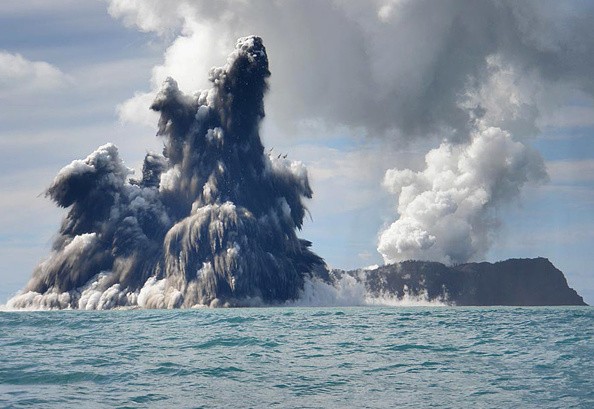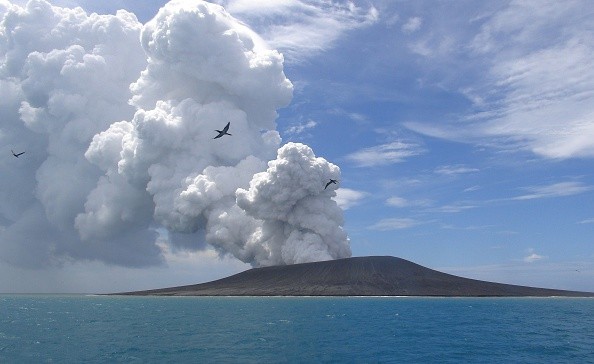The highest volcanic plume has been recorded by Oxford University researchers using satellites.

In January, Tonga's Hunga Tonga-Hunga Ha'apai volcano erupted.
Because this eruption reached altitude levels that other volcanic eruptions were not able to, its plume is now considered the tallest one ever recorded.
Using a novel satellite method, scientists from Oxford University and Munich University of Applied Sciences confirmed this detail.
Highest Volcanic Plume Recorded by Satellites
According to Gizmodo's latest report, the satellite tech used to record the tallest volcanic plume relies on the parallax effect.

Thanks to this tech, experts could determine the altitude of the Tonga-Hunga Ha'apai eruption. Based on their findings, the plume reached around 57 kilometers.
This makes it the first volcanic eruption to enter the mesosphere (50 kilometers above the Earth's surface).
"It's an extraordinary result as we have never seen a cloud of any type this tall before," said Simon Proud, the study's lead author.
He added that they were able to use the parallax method because there was already good satellite coverage across the planet.
Proud further shared that if the eruption happened a decade ago, they wouldn't be able to record its overall height.
What to Do During Volcanic Eruptions?
For some people, volcanic eruptions look like a great view. However, if you see a plume ejected by a volcano, then you are still in a dangerous area.
If you ever experience this natural event from a hazardous zone, then you need to follow CDC's advice. The health organization provided the steps you need to follow if when there's a volcanic eruption:
Outdoors:
- If caught in a rockfall, roll into a ball to protect your head.
- Seek care for burns right away. Immediate care can be life-saving.
- Seek shelter indoors.
- If near a stream or river, be aware of rising water and possible mudflows in low-lying areas. Move up-slope as quickly as possible.
Indoors:
- Close all windows, doors, and fireplace or woodstove dampers.
- Bring pets and livestock into closed shelters.
- Turn off all fans and heating and air conditioning systems.
In recent years, various volcanic eruptions happened.
These include the largest underwater eruption caused by the Havre volcano back in 2018.
In 2019, geologists also recorded a lot of movement in the Yellowstone volcano.
For more news updates about volcanoes and other natural events, always keep your tabs open here at TechTimes.
Related Article : MyShake App Alerts West Coast Residents Before the Earthquake Hits
This article is owned by TechTimes
Written by Griffin Davis
![Apple Watch Series 10 [GPS 42mm]](https://d.techtimes.com/en/full/453899/apple-watch-series-10-gps-42mm.jpg?w=184&h=103&f=9fb3c2ea2db928c663d1d2eadbcb3e52)



